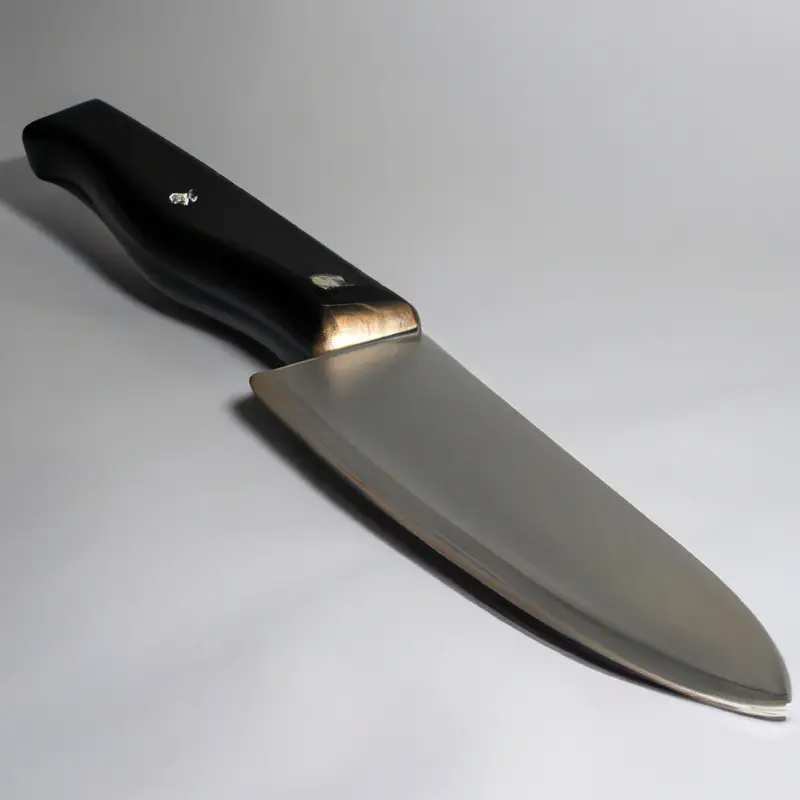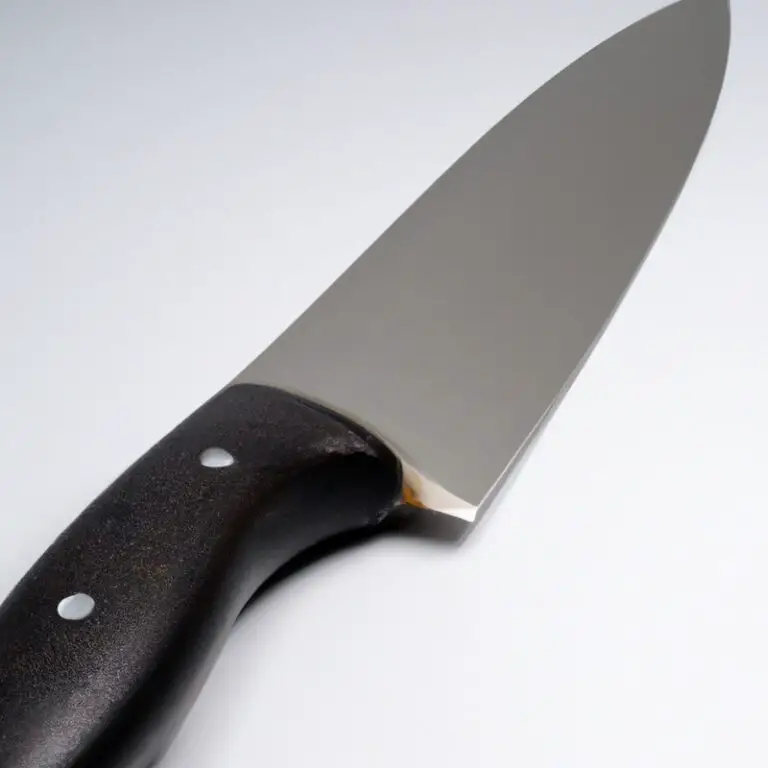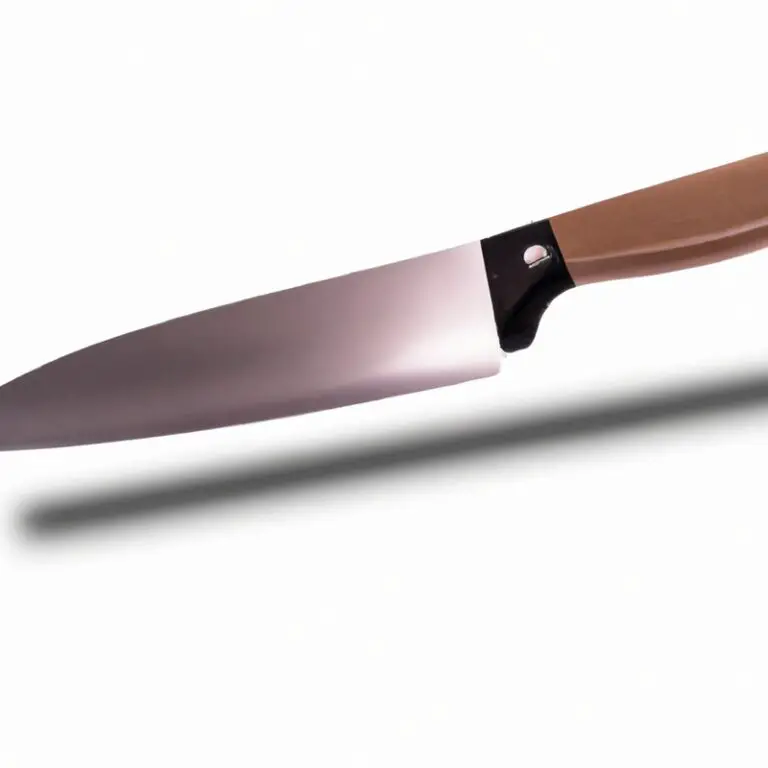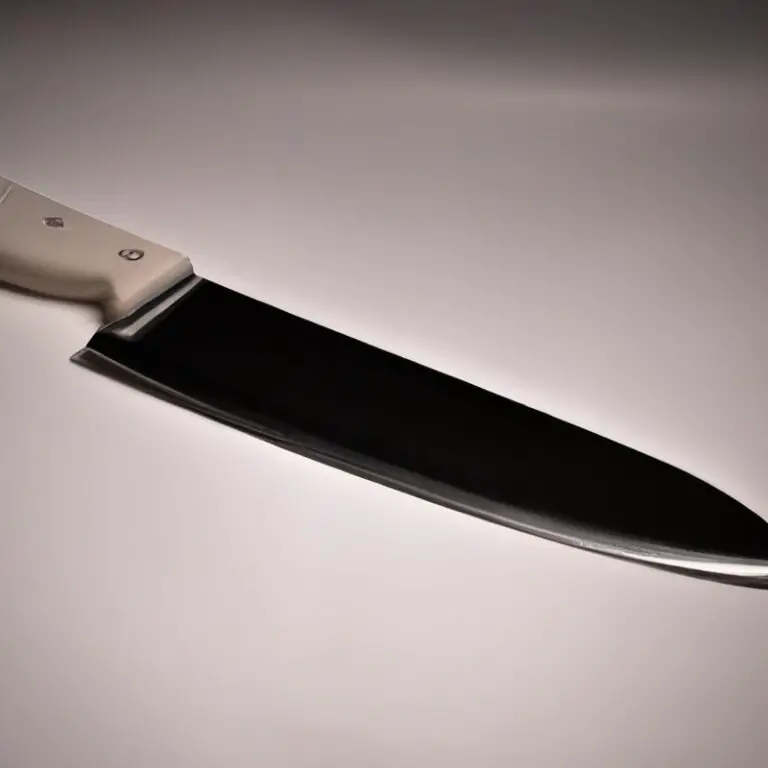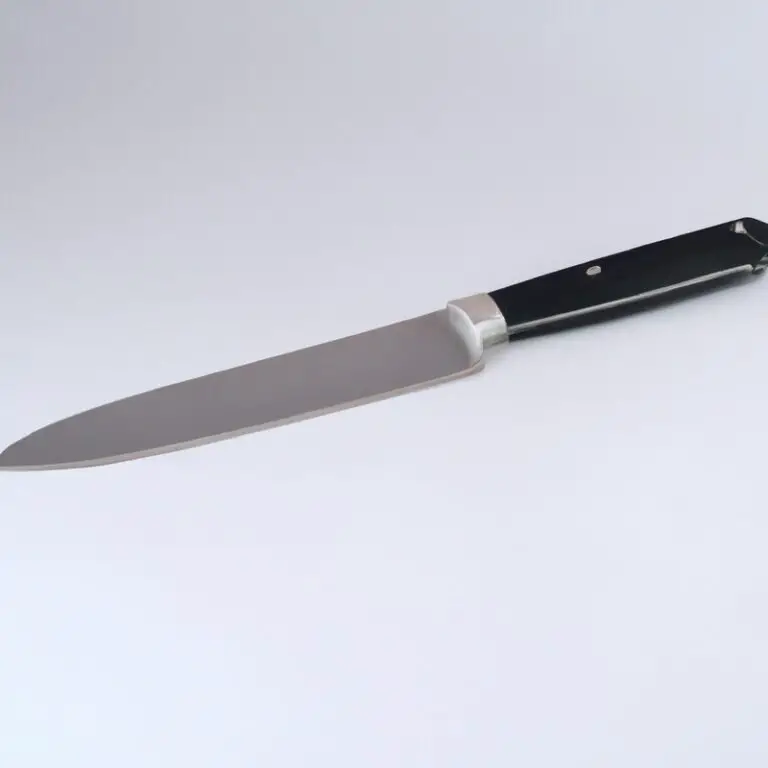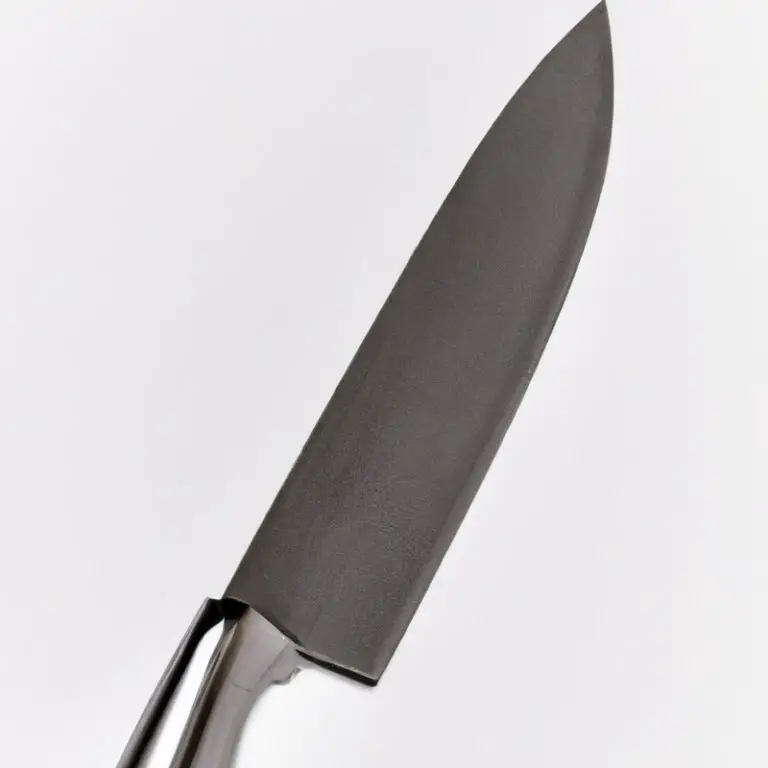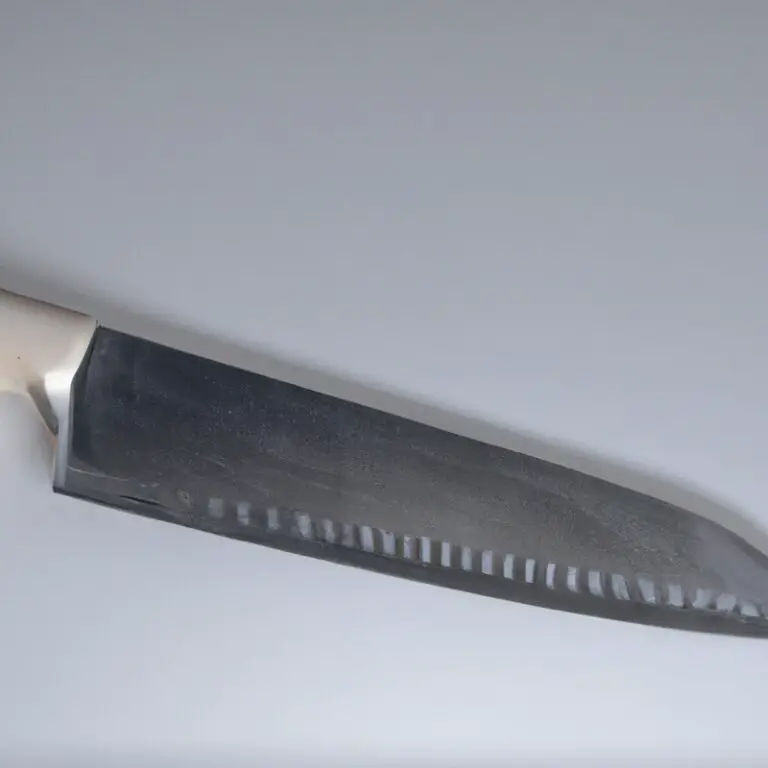What Tasks Can Be Accomplished With a Peeling Knife?
Key Takeaways:
- A peeling knife is perfect for peeling and trimming fruits and vegetables.
- With its sharp, pointed blade, a peeling knife can also be used for intricate garnishing.
- The compact size of a peeling knife makes it ideal for kitchen tasks that require precision and control.
- Using a peeling knife can make your food preparation faster and more efficient, saving you time in the kitchen.
Are you tired of struggling with a dull and inefficient knife while peeling your fruits and vegetables? Don’t worry, you’re not alone.
That’s where a peeling knife comes in handy.
But what makes a peeling knife different from a paring knife? And, how can you ensure precise cuts and safe handling?
As a chef with years of experience, I’ll share with you the perks of using a sharp peeling knife not just for peeling, but also for removing blemishes, garnishing, and more.
Get ready to take your food prep skills to the next level by exploring the wonders of a peeling knife.
| Task | Description |
|---|---|
| Peeling fruits and vegetables | A peeling knife can be used to remove the skin or outer layer of fruits and vegetables, such as apples, carrots, and potatoes. |
| Creating garnishes | A peeling knife can be used to create decorative garnishes, such as curled carrot or cucumber ribbons, to add visual appeal to a dish. |
| Trimming fat from meat | A peeling knife can be used to trim excess fat from meat, such as chicken or beef, resulting in a healthier meal. |
| Paring small items | A peeling knife can be used to pare or trim small items, such as garlic cloves or ginger, with precision. |
| De-veining shrimp | A peeling knife can be used to remove the outer shell and de-vein shrimp, making them easier to prepare. |
Understanding the difference between a peeling knife and a paring knife
Peeling and paring knives are often confused with each other due to their similar sizes and shapes. However, they have distinct differences in their blade shape and purpose.
A peeling knife has a curved, pointed blade that is designed for removing the skin of fruits and vegetables with precision.
On the other hand, a paring knife has a straight blade that is ideal for tasks such as trimming, slicing, and peeling small items like garlic and shallots. It is important to note that while both knives can be used for certain tasks, they are specialized for specific purposes.
Understanding these differences ensures that you are using the right tool for the job at hand, resulting in efficient and effective food preparation.
Peel fruits and vegetables with ease using a peeling knife
Peeling fruits and vegetables with a peeling knife is a skill that can make food preparation quicker and easier. With a sharp and precise peeling knife, you can easily remove the skin of various fruits and vegetables like cucumbers, apples, carrots, and potatoes.
Using a peeling knife allows for better control and efficiency compared to using a regular knife or a vegetable peeler.
When peeling with a peeling knife, it’s important to use proper technique and safety measures. Hold the fruit or vegetable with one hand while gently guiding the blade with the other hand.
With consistent practice and care, peeling with a peeling knife can become a simple and effective task in your kitchen routine.
The importance of a sharp peeling knife for efficient food prep
A sharp peeling knife is a crucial tool in any kitchen as it allows for a more efficient food prep process. A dull peeling knife will make the peeling process laborious and messy, leaving behind bits of skin or flesh on the produce.
This not only creates unnecessary waste but also compromises the overall taste and texture of the dish.
A sharp blade will enable you to work faster, smoother, and with greater accuracy, resulting in consistent results that impress. Therefore, it is essential to regularly sharpen your peeling knife to ensure its optimal performance and longevity.
A sharp peeler will also reduce the risk of injury as it requires less pressure to perform the task, decreasing the likelihood of slippage, and accidental cuts.
Always keep your peeling knife in good condition to produce quality meals with minimal effort and maximize your culinary potential.
How to properly hold a peeling knife for safety and precision
Properly holding a peeling knife is crucial for safety and precision. Grip the handle firmly with your dominant hand and place your other hand on the produce to stabilize it.
Keep your fingers curled under and away from the blade to avoid any accidental cuts.
Angle the blade towards the produce to ensure a thin and even peel. Always cut away from your body to avoid injury.
With practice and attention to technique, you can become comfortable and confident handling a peeling knife.
Achieving consistent thickness while peeling with a peeling knife
To achieve consistent thickness while peeling with a peeling knife, it is important to pay attention to the angle of the blade and the pressure applied. Holding the knife at a slight angle while peeling in a downward motion can help maintain even thickness.
Additionally, applying consistent pressure while peeling can prevent uneven cuts.
It is also helpful to use a peeling knife with a flexible blade, which can adapt to the shape of the fruit or vegetable being peeled. Practice and patience can also go a long way in achieving consistent thickness with a peeling knife.
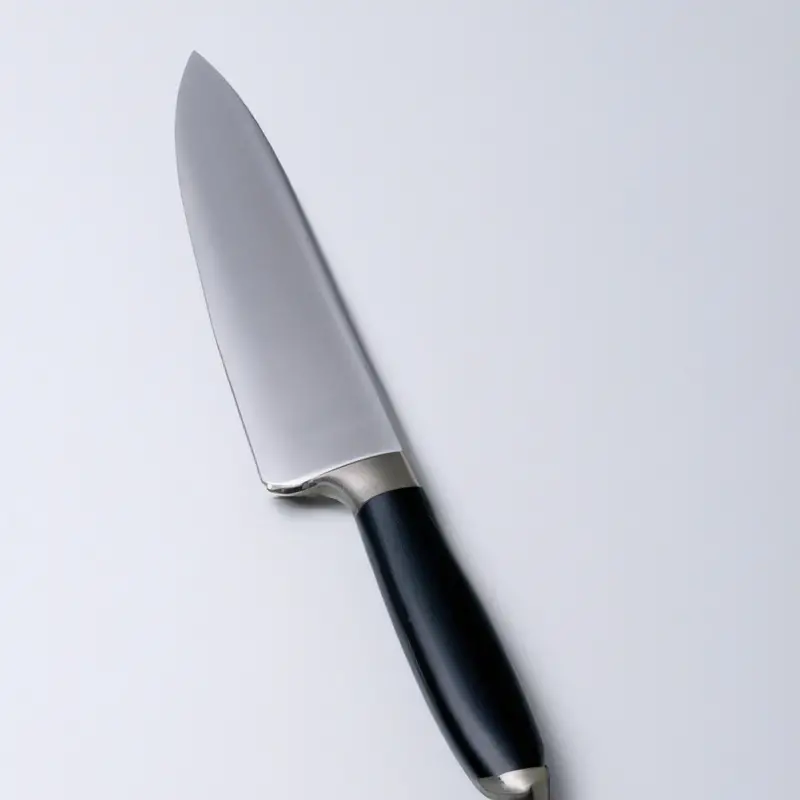
Creative ways to use a peeling knife in the kitchen beyond peeling
Apart from peeling fruits and vegetables, a peeling knife can be used in various ways in the kitchen. Here are some creative ways to use a peeling knife in the kitchen beyond peeling:
- Creating garnishes: Use a peeling knife to create decorative garnishes from fruits and vegetables to add an extra touch to your dishes.
- Removing seeds: You can use a peeling knife to remove seeds from peppers, cucumbers, and tomatoes.
- Slicing cheese: A sharp peeling knife can be used for slicing cheese into small and thin slices.
- Coring fruits: With the help of a peeling knife, you can easily core fruits like apples, pears, and pineapples.
- Shaping butter: You can use a peeling knife to shape butter into attractive shapes for serving on the dining table.
In summary, a peeling knife is a versatile kitchen tool that can be used for much more than peeling fruits and vegetables. Utilize it creatively and experiment with new ways to make your cooking a breeze.
Removing blemishes and imperfections from produce with a peeling knife
Peeling knives are excellent for removing blemishes and imperfections from produce. They work well on fruits and vegetables with tough skin, such as cucumbers, apples, and potatoes.
To remove blemishes, hold the produce firmly and use the tip of the peeling knife to remove the affected area.
For example, to remove a blemish on an apple, position the blade on the blemish and use a gentle sawing motion to remove it. When dealing with produce with softer skin such as tomatoes or peaches, be gentle to avoid damaging the flesh.
A sharp peeling knife helps to make the process quicker, precise, and more efficient.
Therefore, invest in keeping your peeling knife sharp to achieve better results.
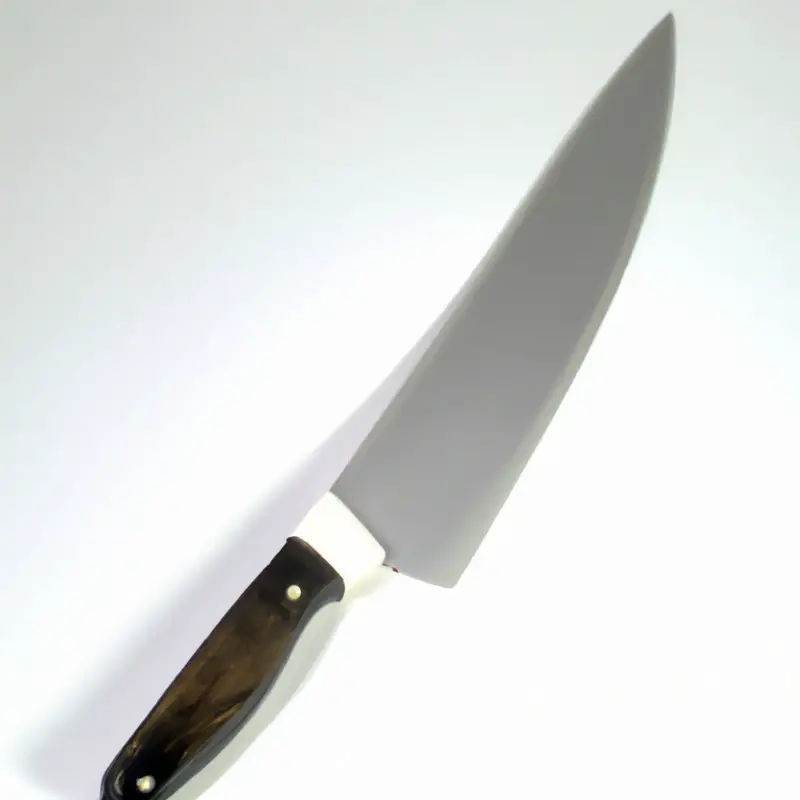
How to clean and maintain your peeling knife for longevity
To ensure the longevity and optimal performance of your peeling knife, it is essential to clean and maintain it properly. Here are some tips:
- Immediately after use, wash the knife with warm soapy water and a soft sponge. Avoid using abrasive materials or harsh chemicals as they can damage the knife’s blade.
- Dry the knife thoroughly with a cloth or towel. Ensure it is completely dry to prevent rusting or corrosion.
- Store the peeling knife in a protective sheath or a knife block to prevent it from coming into contact with other utensils and causing damage.
- Sharpen the peeling knife regularly using a honing rod or whetstone to maintain its sharpness and efficiency.
- Avoid using the peeling knife on hard surfaces such as glass or ceramic plates, as it can damage the blade’s edge.
By following these simple tips, you can ensure that your peeling knife stays in top condition for more extended periods and can accomplish various kitchen tasks with ease.
The versatility of a peeling knife for garnishing and decorating
A peeling knife is not just limited to peeling fruits and vegetables; it can also be used for garnishing and decorating your dishes. The long, slender blade of the peeling knife makes it easy to create intricate designs and shapes on fruits and vegetables, adding a touch of creativity to your dishes.
It can also be used to carve out designs from fruits and vegetables, such as watermelon baskets or apple swans.
Furthermore, the sharp tip of the peeling knife makes it perfect for creating thin curls of cheese or chocolate for a decorative touch on your dishes. The versatility of a peeling knife makes it a must-have tool in every kitchen pantry.
Navigating tougher produce with a serrated peeling knife
When it comes to tough produce, using a serrated peeling knife can make all the difference in achieving a smooth and efficient peeling process. The serrated blade of the knife is ideal for working through tough skins and surfaces without damaging the flesh of the produce.
To use a serrated peeling knife, simply apply a little more pressure and use a sawing motion, gently moving the blade across the produce.
It’s important to note that the serrated blade may require a little more maintenance than a straight blade, but with proper care and sharpening, it can last for years and make peeling tough produce a breeze.
Final Verdict
A peeling knife is an essential tool in the kitchen that can help you accomplish a variety of tasks. From peeling delicate fruits and vegetables to removing blemishes and imperfections, a sharp peeling knife can make food prep more efficient and precise.
Remember to hold the knife properly for safety and consistent thickness, and to clean and maintain it for longevity.
The creative uses of a peeling knife go beyond just peeling, making it a versatile tool for garnishing and decorating. With the added benefits of a serrated peeling knife for navigating tougher produce, having this tool in your kitchen will elevate your cooking experience.
Trust in the versatility and value of a peeling knife for all your food prep needs.

